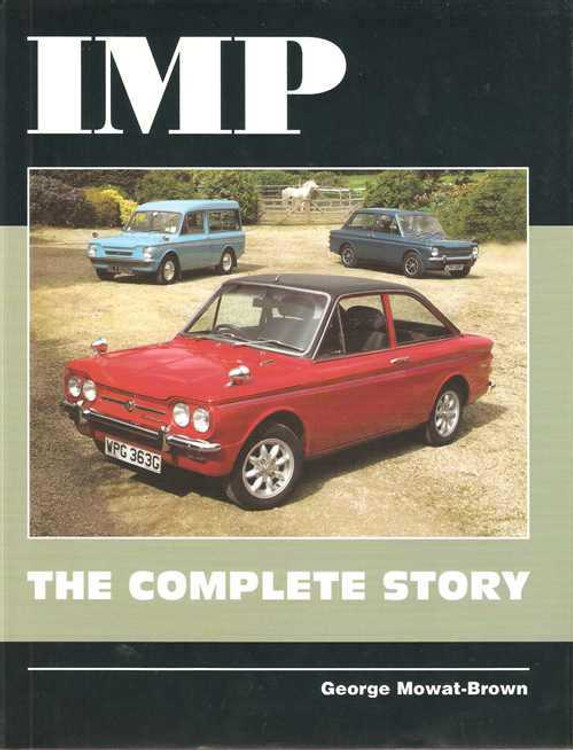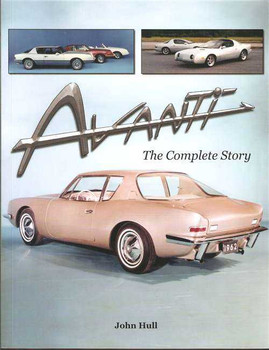Description
By: George Mowat-Brown .
The Hillman Imp divides opinions perhaps more sharply than any other car in British motoring history. You either love it or hate it. Those who sing its praises adore its handling, its looks and the fun that could be generated by its sophisticated race-bred power unit. Its detractors complain of poor build quality and a shocking record of reliability that helped the car stand for the reckless waste of public money rather than for the glorious renewal of the Scottish motor industry that it was supposed to herald.
The Rootes Group's contender for the sector of the market already dominated by BMC's popular Mini, the Hillman Imp was launched in 1963 — four years after its rival. A two-door saloon of modern appearance, it was unusual for a British car in having its engine — an all-aluminium unit that was itself far from the norm — at the rear. Designed from the outset with performance and handling firmly in mind, the Imp was widely praised for its accomplishments in these areas, and successful motor-sporting exploits proved the soundness of the design. But hurried development, poor quality control, and the horrendous labour relations of the time did for the Imp.
With the help of interviews with key members of the design team, and unprecedented research in official papers, the story of the design and development of this quirky little car is set against the complex commercial and political intrigue that surrounded it, making this book not just the story of a car but a fascinating insight into an industry in crisis.






















